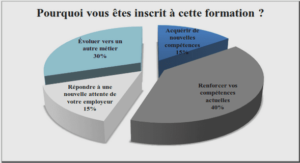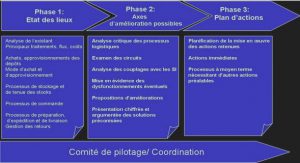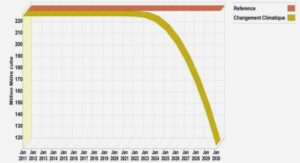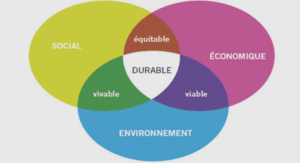GENERAL ASSESSMENT FRAMEWORK FOR MULTI – USE FLOOD MITIGATION INFRASTRUCTURES
This first part of the work will consist in the elaboration of the analytical framework of multi-use flood management infrastructures. As it was said in the introduction, the method will be based on the TRANS-ADAPT criteria. The idea is, in the first place, to understand the criteria to adapt them to our work and our research issue and make them more understandable. Some of them can be kept or others can be modified, according to our subject. We will try to define them precisely and bring out indicators for each of them to make them assessable more easily thereafter. Thus, this first step will bring to a general analysis grid. The second part will then consist in the elaboration of an adaptation method of the assessment grid just realised in order to make it adaptable to any case study of multi-use infrastructure. This first sub part will present precisely every criteria forming the analysis framework, namely economic efficiency, technical feasibility, accountability, social justice, and vulnerability. The third criterion, accountability, will be divided into three sub criteria because of the extent of aspects it covers. For each one, a precise definition, including the scoring that can be obtained by an infrastructure, will be presented, followed by the explanation of the indicators elaborated for their analysis. Concerning flood risk management, the economic aspect is important. Indeed, flood hazards cause important material (and human) damages, being the source of the economic paralysis of the concerned area. The private or public buildings repairs and renovations but also damages on the different networks (transports, telecommunication, water and energy) create important cost for the society. For example, the torrential flood in the Var, in 2010, touched 1000 companies, caused the death of 25 people and the financial damages were estimated to 1 billion euros (Ministère de l’Ecologie, du Développement Durable et de l’Energie, 2011).
The prevention principle, applied in French flood risk policies, aims at minimising or avoiding these consequences by reducing the human and economical stakes exposed to the flood risk. Besides, an analysis method called cost-benefit analysis (CBA) has been set up for the development of flood alleviation schemes. This method, intended to the local authorities and engineering consulting firms, aims at calculating the economic profitability of a prevention measure, by comparing the implementation costs and the profits made, that is to say, the avoided damages. This method is largely approved and used by the scientific community, furthermore it has become inescapable to aspire to grants from the State or the European Union (FEADER) for the implementation of PAPI programs (EPRI, 2011). So, the economic aspect and the evaluation of the avoided damages are an important question in France, and more largely in Europe.
Definition Economic efficiency is a term that comes from the analysis of economic activities. It is an optimum; the best situation for a business regarding the “rational consumption of resources, materials, labor and financial resources using for this purpose [but also] scientific methods of management and organization of productive activities” (Birle Vasile, 2014). In our context, economic efficiency reflects if the multiple use of the infrastructure creates positive outputs and which inputs where necessary for that. To evaluate the economic efficiency of multiple uses in flood protection infrastructures, we have to see if there is creation of more units of the sub- criterion which are: employment, property value, we also have to look at the monetary indicators and how the environment was impacted or benefitted from those creations. the price it cost before the project and after. If the value of the land increases, then the outputs are considered as higher than the inputs. About the monetary indicators, they are studied to understand what the valuable amounts are to create or created by the multiple uses. Monetary indicators represent the amounts of money which are invested for the project and the amount of money gained thanks to it. Here again, the more gains compared to investments, the better the efficiency. Finally, we also consider the environment because it is often impacted by the project.
That means that environment (biodiversity, species, quality of it) is like inputs used for the project. Sometimes, there is also creation of new wildlife spaces and in this case the assessment would be positive for this sub-criterion. the price it cost before the project and after. If the value of the land increases, then the outputs are considered as higher than the inputs. About the monetary indicators, they are studied to understand what the valuable amounts are to create or created by the multiple uses. Monetary indicators represent the amounts of money which are invested for the project and the amount of money gained thanks to it. Here again, the more gains compared to investments, the better the efficiency. Finally, we also consider the environment because it is often impacted by the project. That means that environment (biodiversity, species, quality of it) is like inputs used for the project. Sometimes, there is also creation of new wildlife spaces and in this case the assessment would be positive for this sub-criterion.





